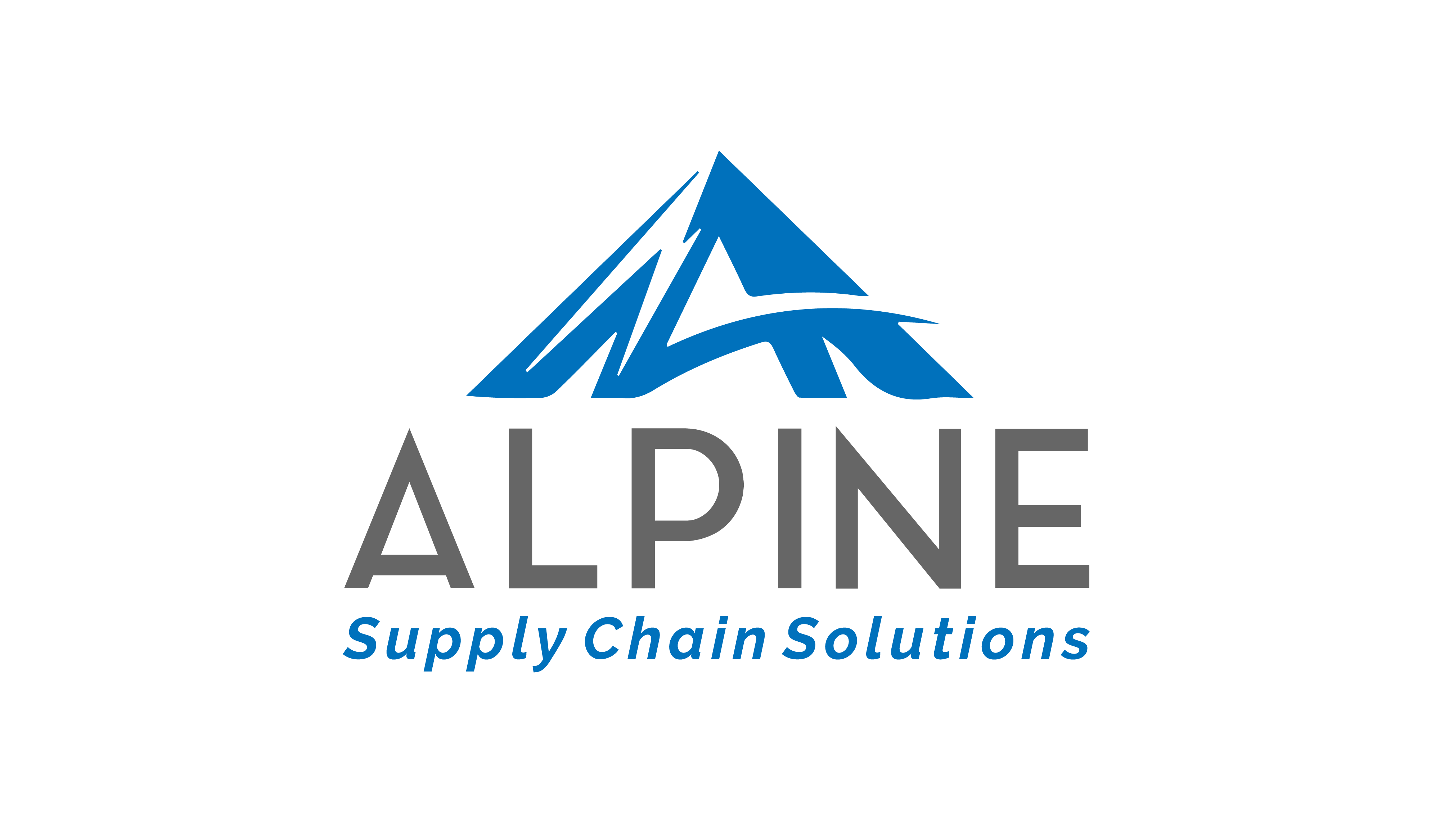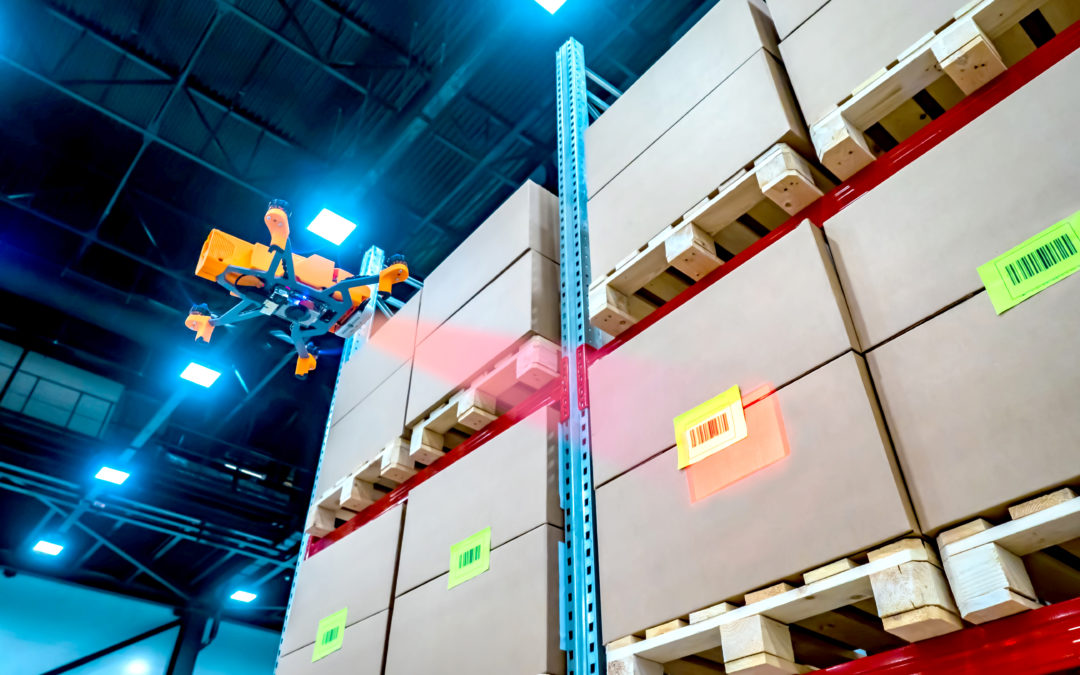Adding ecommerce capabilities to a traditional retailer’s warehouse – If your warehouse is designed for Put-to-Store, Flow through, or Batch Pick & Sort by Store strategies, new capabilities to fulfill online orders include picking eaches, processing orders with very few lines, parcel shipping, and managing tight cutoff times.

Warehouse Robots Disinfect Faster
Warehouse Robots can Disinfect large spaces and warehouse faster and more effectively than humans.
With every droplet that we can’t see, touch, or feel dispersed into the air, the threat of spreading Covid-19 persists. It’s become increasingly critical to keep these heavy droplets from lingering — especially on surfaces, which are welcoming and generous hosts. Thankfully, our chemical cleaning products are effective, but using them to disinfect larger settings can be expensive, dangerous, and time-consuming. Across the globe there are thousands of warehouses, grocery stores, schools, and other spaces where cleaning workers are at risk.
Succesful warehouse and supply chain management leader leverage technology to gain efficiency and increase profits. Using warehouse robots can help relieve the burden of labor management and increase safety.
With that in mind, a team from MIT’s Computer Science and Artificial Intelligence Laboratory (CSAIL), in collaboration with Ava Robotics and the Greater Boston Food Bank (GBFB), designed a new robotic system that powerfully disinfects surfaces and neutralizes aerosolized forms of the coronavirus. The approach uses a custom UV-C light fixture designed at CSAIL that is integrated with Ava Robotics’ mobile robot base. The results were encouraging enough that researchers say that the approach could be useful for autonomous UV disinfection in other environments, such as factories, restaurants, and supermarkets. UV-C light has proven to be effective at killing viruses and bacteria on surfaces and aerosols, but it’s unsafe for humans to be exposed.
“MIT has been a great partner, and when they came to us, the team was eager to start the integration, which took just four weeks to get up and running,” says Ava Robotics CEO Youssef Saleh. “The opportunity for robots to solve workplace challenges is bigger than ever, and collaborating with MIT to make an impact at the food bank has been a great experience.”
Pierson and Romanishin worked alongside Hunter Hansen (software capabilities), Bryan Teague of MIT Lincoln Laboratory (who assisted with the UV-C lamp assembly), Igor Gilitschenski and Xiao Li (assisting with future autonomy research), MIT professors Daniela Rus and Saman Amarasinghe, and Ava leads Marcio Macedo and Youssef Saleh. This project was supported in part by Ava Robotics, who provided their platform and team support.





